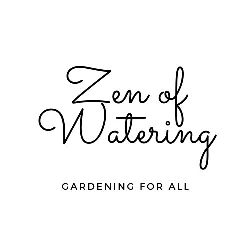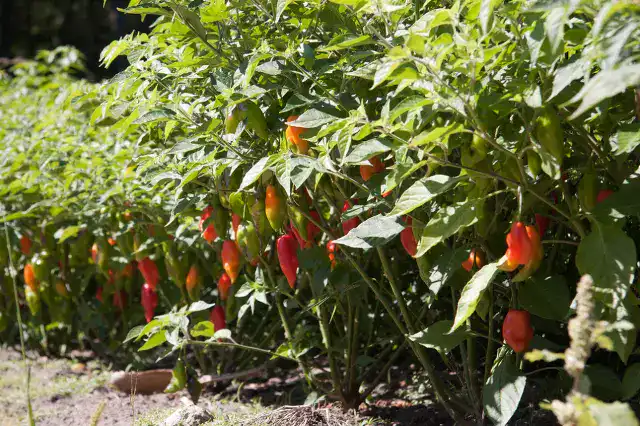Growing peppers in your garden can be a rewarding experience, but did you know that the right companion plants can boost their growth, protect them from pests, and enhance their flavor? Companion planting is a time-tested gardening technique that involves strategically placing different plants next to each other to create mutually beneficial relationships. In this blog post, we’ll explore the best companion plants for peppers and how they can help you achieve a thriving, bountiful garden.
Why Companion Planting Works
Companion planting works through several mechanisms:
- Pest Control: Some plants repel pests that can harm your peppers.
- Pollination: Certain plants attract beneficial insects, including pollinators.
- Nutrient Sharing: Some plants improve soil quality, making nutrients more available.
- Shade and Support: Larger plants can provide shade and physical support to pepper plants.
With these benefits in mind, let’s dive into the best companion plants for peppers.
Top Companion Plants for Peppers
1. Basil
Benefits: Basil is a powerhouse companion plant. It repels aphids, spider mites, mosquitoes, and flies, all of which can harm pepper plants. Additionally, basil enhances the flavor of peppers when grown nearby.
How to Plant: Plant basil around the base of your pepper plants, keeping them close enough to offer protection but not so close that they compete for resources.
2. Marigolds
Benefits: Marigolds are excellent at deterring nematodes and aphids. Their strong scent confuses many garden pests, keeping them away from your peppers.
How to Plant: Plant marigolds along the border of your pepper patch or interspersed among the pepper plants.
3. Onions and Garlic
Benefits: Both onions and garlic are effective at repelling a variety of pests, including aphids and slugs. Their strong smell can mask the scent of pepper plants, making it harder for pests to locate them.
How to Plant: Plant onions and garlic in between your pepper plants or around the perimeter of your garden bed.
4. Tomatoes
Benefits: Peppers and tomatoes both thrive in similar growing conditions and can benefit from each other’s presence. Tomatoes can help provide a bit of shade for peppers in hot climates and can also attract beneficial insects.
How to Plant: Interplant tomatoes and peppers, ensuring they have enough space to grow without overcrowding.
5. Spinach and Lettuce
Benefits: These leafy greens can serve as a living mulch, helping to retain soil moisture and suppress weeds around your pepper plants. Additionally, they don’t compete heavily for nutrients and can be harvested before the peppers need more space.
How to Plant: Plant spinach and lettuce around the base of your pepper plants, maintaining a healthy distance to prevent overcrowding.
6. Carrots
Benefits: Carrots can help aerate the soil with their deep roots, making it easier for pepper plants to access nutrients. They also don’t compete much with peppers for space above ground.
How to Plant: Plant carrots in rows between your pepper plants, ensuring proper spacing to avoid root interference.
7. Nasturtiums
Benefits: Nasturtiums are fantastic at attracting aphids away from pepper plants, acting as a sacrificial crop. They also attract beneficial insects like ladybugs that prey on aphids.
How to Plant: Plant nasturtiums around the edges of your pepper garden or interspersed among the plants.
Plants to Avoid
Not all plants are good companions for peppers. Avoid planting the following near your peppers:
- Fennel: Can inhibit the growth of peppers.
- Kohlrabi: Competes for similar nutrients and can stunt pepper growth.
- Apricot Trees: The proximity can make peppers more susceptible to disease.
Conclusion
Companion planting is an excellent way to boost the health and productivity of your pepper plants. By choosing the right companions, you can naturally deter pests, improve soil health, and create a more resilient garden ecosystem. Whether you’re a seasoned gardener or just starting out, integrating these companion plants into your pepper patch can lead to a more bountiful and healthy harvest.
MORE POSTS:

